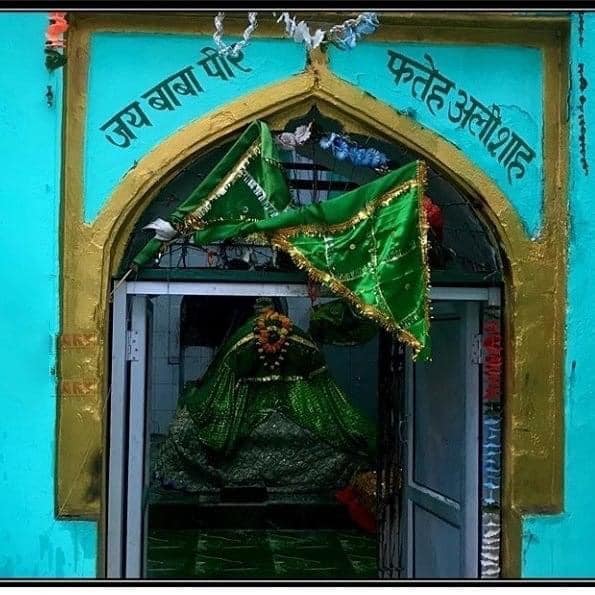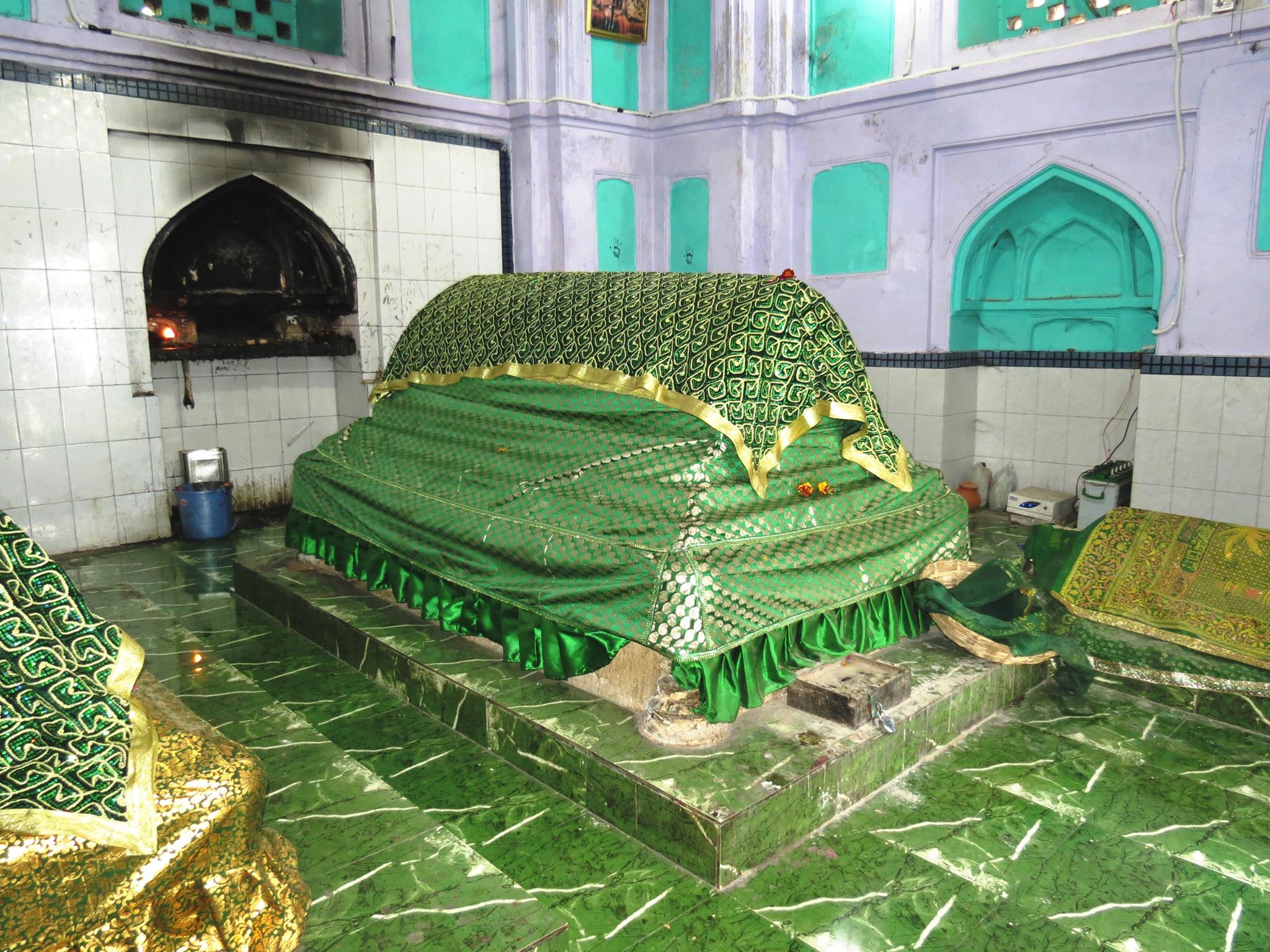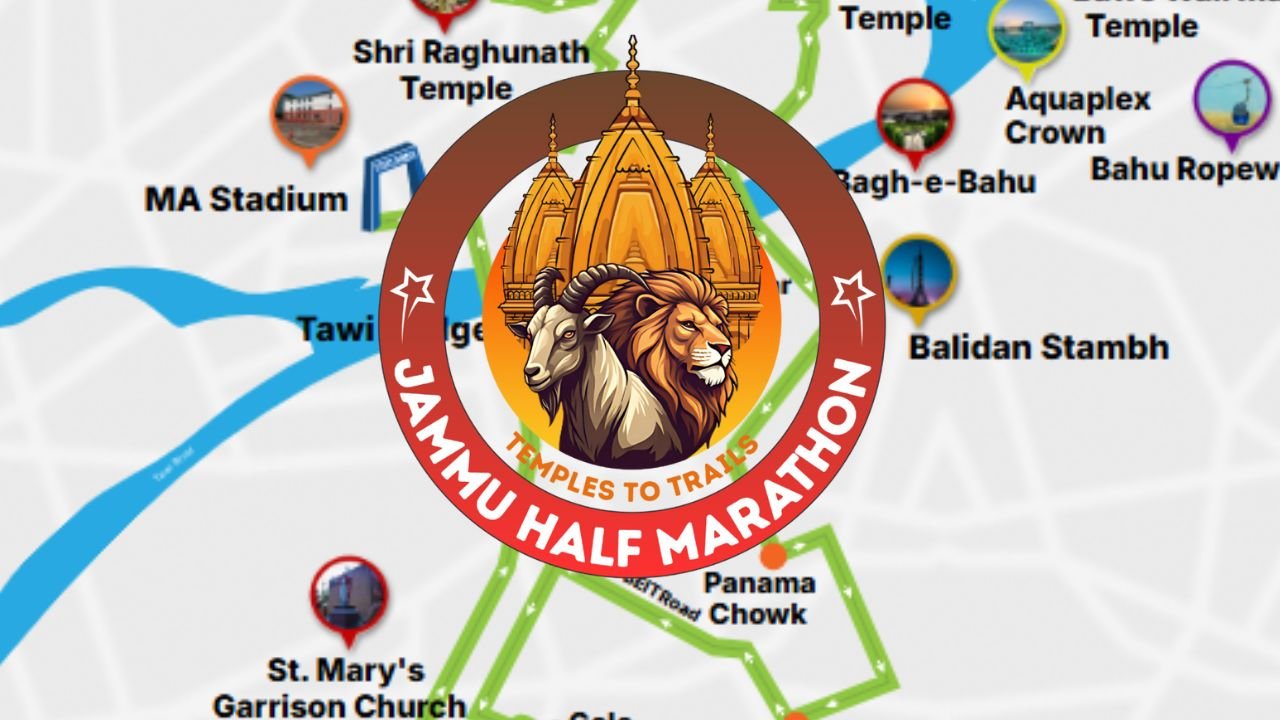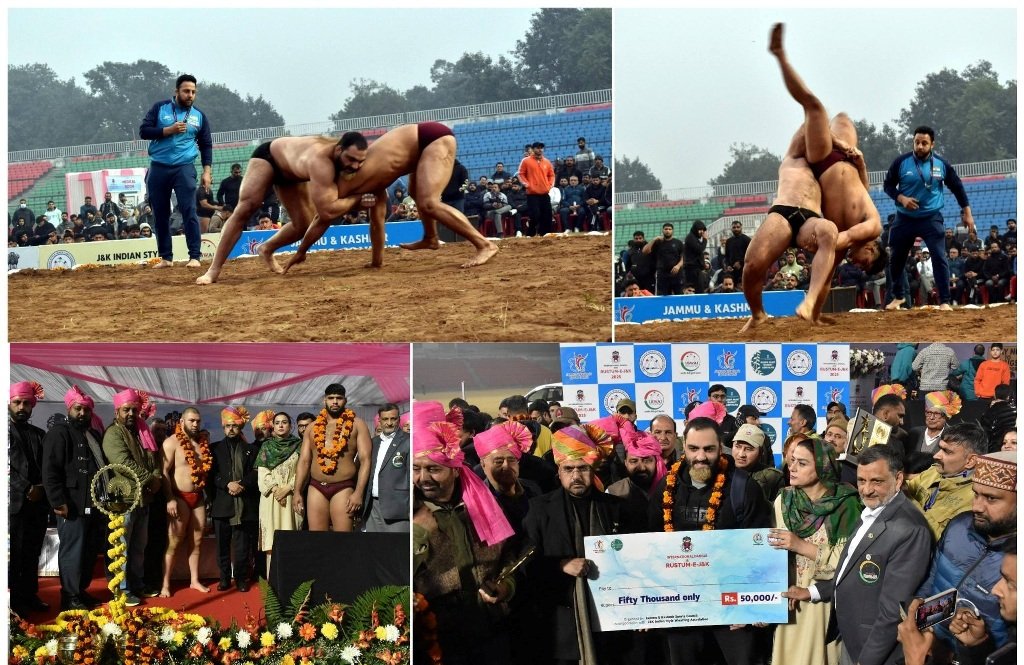Jammu and Kashmir, renowned for its breathtaking landscapes, is also home to several revered shrines that hold immense spiritual significance. These sacred sites serve as a testament to the unity and brotherhood among people of diverse faiths. For centuries, the region has been a melting pot of Hindu, Muslim, and Sikh traditions, with great mystic saints and spiritual leaders promoting universal humanism, compassion, and peace. Among these revered sites, Ziyarat Peer Mitha Jammu stands as a powerful symbol of religious harmony and devotion.
Historical Significance of Ziyarat Peer Mitha Jammu
Ziyarat Peer Mitha is an ancient shrine, dating back approximately 650 years. Located in the heart of Jammu city, on the western slopes of the Tawi River, this dargah is deeply respected by people from different walks of life. Visitors, irrespective of their religious background, come to offer prayers and seek blessings at this holy site.
The shrine, also known as Peer Mitha Dargah, derives its name from its legendary saint, Peer Mitha Sahib, who was known for accepting just a small piece of sugary candy (Pattasha) as an offering. His teachings and spiritual presence left a lasting impact on the region, making this shrine a revered pilgrimage destination.
Read also: Aarti Ghat at River Tawi Nears Completion, Set to Become Jammu’s Spiritual Hub
Architectural Marvel of Peer Mitha Dargah
The shrine of Peer Mitha is an architectural masterpiece, reflecting the grandeur of ancient construction. The main tomb, located at the center, features a majestic dome approximately 30 feet high and 30 feet in circumference. The structure is surrounded by two smaller yet similar tombs.
The shrine’s thick walls, measuring around five feet in width, are made of traditional lime mortar, tiles, and thin bricks, a hallmark of historical architecture. The main entrance, a striking depiction of medieval design, welcomes visitors to this spiritual retreat.
Adjacent to the shrine, a large mosque and madarsa were later constructed, further enhancing its religious significance. Within the shrine’s open space, successive generations of Peers have been laid to rest, ensuring that their spiritual legacy continues.
Read also: Mansar Lake (Things to Do, Timings, Best time to visit, Images & Location)
The Legacy of Peer Mitha Sahib
Peer Mitha Sahib, also referred to as Qutb-e-Alam Sabzwari, hailed from Sabzwar, a region between Afghanistan and India. He arrived in Jammu during the 14th century, forming close ties with Raja Ajaib Dev and Sadhu Garib Nath Jogi, another spiritual figure who meditated in the Peer Kho Cave, located 300 feet downhill near the Tawi River.
These two spiritual figures shared deep mutual respect, turning the area into a sacred religious hub. Raja Ajaib Dev, the ruler of Jammu from 1436 to 1459, is credited with constructing the shrine as a gesture of gratitude after his wife was miraculously cured of leprosy by the blessings of Peer Mitha Sahib.
Spiritual Practices and Rituals at Peer Mitha Dargah
Ziyarat Peer Mitha continues to attract devotees from different religions who come to seek spiritual solace and blessings. The shrine is especially crowded on Thursdays, a day considered auspicious for visiting Sufi shrines.
One of the most vibrant traditions at the shrine is the Kashyap Rajput Baradari congregation, held during Purnamashi of Chirri. This two-day festival witnesses a large influx of visitors from Jammu and neighboring states, marked by soulful Qawwali performances by renowned Qawwals from across India.
Unique Customs and Offerings at the Shrine
Devotees visiting the shrine follow various age-old traditions:
- Animal Offering Ritual: Many local bird breeders and dairy farmers offer their first bird chick, calf, or buffalo offspring at the shrine, believing it ensures prosperity and good health for future generations.
- Wish Fulfillment Tradition: Devotees tie threads on the iron grill gate of the inner chamber, praying for their wishes to be granted. Once their prayers are answered, they return to untie the thread and make offerings in the form of gifts and community feasts (Bandaras).

The Shrine’s Cultural and Architectural Significance
Amidst the mesmerizing beauty of Jammu and Kashmir, the exquisitely designed Ziyarat Peer Mitha stands as a magnificent example of architectural grandeur. This religious shrine, adorned with intricate designs and historical relics, is protected under the Archaeological Survey of India (ASI).
Its artistic tomb, adjacent mosque, and the spiritual essence embedded within its walls make it a must-visit destination for those seeking divine blessings and historical insights. The shrine remains an embodiment of religious harmony, drawing thousands of devotees who are captivated by its serene ambiance and historical significance.
Read also: Your Complete Guide to Beating Retreat Ceremony at Suchetgarh, Jammu
Ziyarat Peer Mitha is more than just a shrine; it is a symbol of unity, faith, and spiritual enlightenment. With its rich history, stunning architecture, and profound spiritual impact, it continues to inspire generations of devotees. Whether you seek inner peace, architectural beauty, or historical wisdom, a visit to Ziyarat Peer Mitha promises a deeply enriching experience.
For those exploring Jammu and Kashmir’s cultural virasat, this sacred shrine is a must-visit, offering a unique glimpse into the region’s religious harmony and timeless traditions.
















